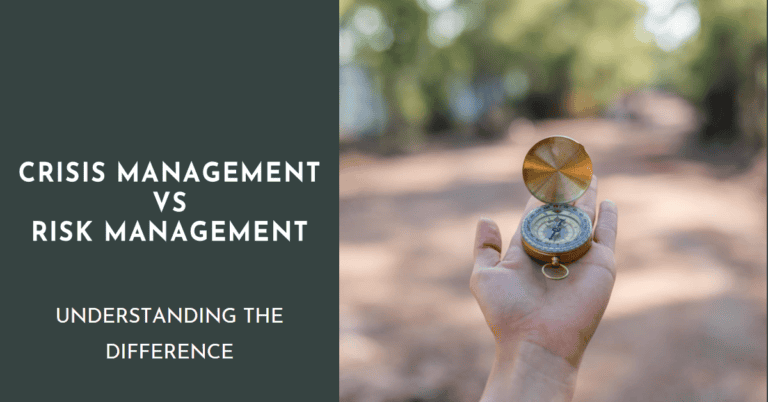Contingency planning is a component of all risk management business strategies, including continuity and disaster recovery.
A business contingency plan is essential to help a business respond effectively to a future potential risk event.
It is usually developed with a possible high consequence (impact) or high-risk profile (impact and likelihood). If the expected result, possibly an opportunity, fails to materialise, it can also be used as an alternative to action, i.e., a Plan B.
A well-thought-out business contingency plan can better prepare businesses to manage unexpected challenges or natural disasters, including emergency response.
The Seven Steps of the Contingency Planning Process:
1. The Contingency Planning Statement
A formal policy is necessary to develop an effective contingency plan. The policy provides the authority and guidance required to create a contingency plan and ensure it meets the business’s needs. It should be reviewed and updated regularly to remain relevant and responsive to the company’s changing needs.
2. Conduct the Business Impact Analysis
A Business Impact Analysis (BIA) is a systematic process for identifying and assessing the potential effects of disruptions to essential business operations. It aims to help organisations prioritise systems and processes critical to supporting business functions.
BIAs are typically conducted as part of business risk management or business continuity planning. They involve identifying the business’ key products, services, and processes and assessing the potential impacts of disruptions or unexpected events.
The results of a BIA can help a business make informed decisions about where to allocate resources for risk control and mitigation and business continuity planning.

3. Identify Preventive Controls
Business disruptions can significantly impact the profitability and cash flow of any business.
To reduce these effects, various measures can be taken to improve system performance and reduce contingency life cycle costs. By taking such steps, organisations can keep their systems running smoothly and efficiently while saving costs in the long run.
4. Create Contingency Plan Recovery Strategies
Thorough recovery strategies ensure the system can quickly and effectively recover following a disruption. This is important to avoid any further damage or downtime. Having a plan in place can minimise the impact of a disturbance and get the business system up and running again as soon as possible.
5. Develop the Contingency Plan
The contingency plan should contain detailed guidance and procedures for restoring the business or system unique to the consequence (impact) level and recovery requirements. This will ensure that the system can be restored correctly in the event of an issue and that critical business functions are not lost or minimised.
6. Testing, Training and Exercises
Testing validates disaster recovery capabilities and ensures the plan works as intended.
Training prepares recovery personnel for plan activation, familiarising them with the steps they need to take and the procedures they need to follow.
Exercising the plan identifies planning gaps and allows for improvements before implementing the contingency plan.
When all three are combined, these activities improve plan effectiveness and organisational preparedness.
7. Contingency Plan Maintenance
The contingency plan should be updated regularly to reflect business enhancements and organisational changes. This will help ensure that it remains relevant and up-to-date and can be used effectively for managing the business or system.


